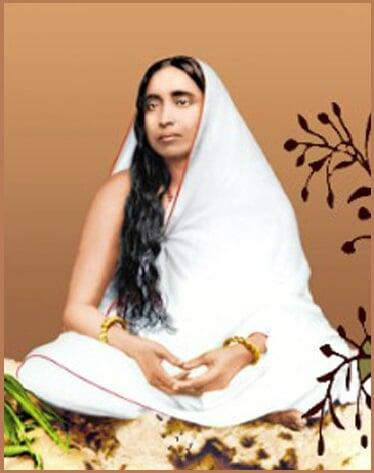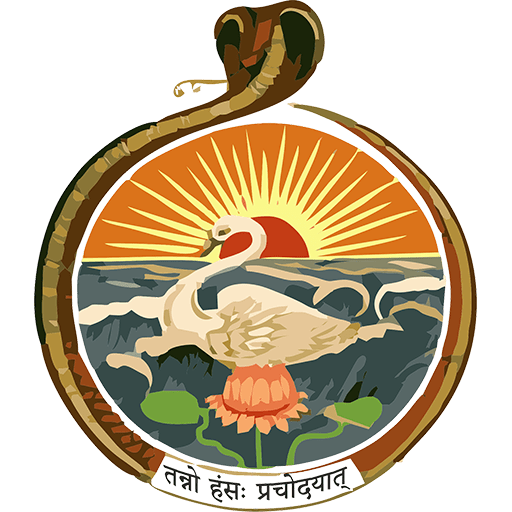Maa Sri Sarada Devi

If the motherly love inhabiting the hearts of all the mothers in the world were to be put together and churned, the nectar that would issue forth would perhaps approximate to Sri Sarada Devi. Sri Ramakrishna left her in this world to uphold the ideal of universal motherhood.Born of humble and pious parents at the village of Jayarambati in Bengal on the 22 nd December 1853, Sri Sarada Dvi grew up practically like any other village girl of those days with little schooling but plenty of work at home and in the fields. Though united with Sri Ramakrishna in wedlock at the age of hardly six, she lived with her parents most of the time in the early years. It was only in the first part of 1872 when she was about eighteen,that she arrived at Dakshineswar and started living with her saintly husband. It was during this year that Sri Ramakrishna worshipped her as `Shodashi',an aspect of the Divine Mother. With no trace of cupidity in heart and yet overflowing with the tenderest love and concern for each other, the couple has left to the whole world, the supreme example of conjugal life.
The next fourteen years of her life - until the demise of Sri Ramakrishna in 1886 - were a veritable saga self-effacing service to her husband and his disciples. It was also a period of intensive training for her, by her godly husband, who could well foresee her future role as a spiritual teacher in her own right. The next phase of her life from 1886 to 1909, when a permanent abode (the Udbodhan House) was built for her at calcutta , was rather chequered.She spent much of this time in pilgrimages and spiritual ministry.
The last eleven years -untill her Mahasamadhi on the 21st July 1920 - were more hectic. Apart from spiritual ministration to the earnest seekers, she had also to guide the activities of the Ramakrishna organizations.Her rare insight into the problems of Indian women who were handicapped by obsolescent social customs on the one side, and exposure to the modern western culture on the other, made her recognize the need for their education and even economic independence. That is why she was an ardent supporter of sister Nivedita’s endeavours in the field of education of Indian women. Her last message, 'If you want peace of mind, do not find fault with others; rather find out your own weaknesses and rectify them. No one is a stranger in this world. The whole world belongs to you!' is a typical reflection of her own immaculate life.
